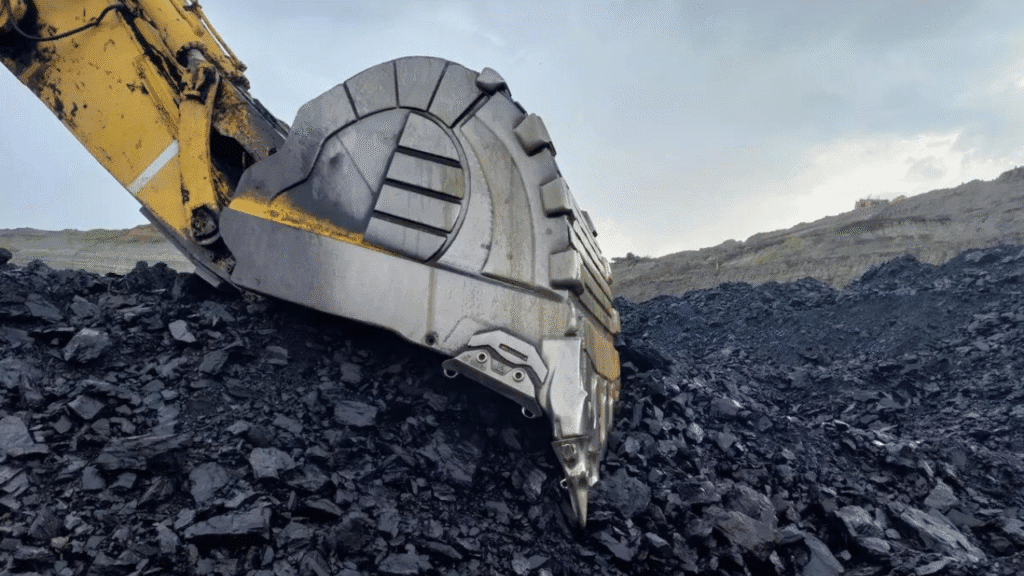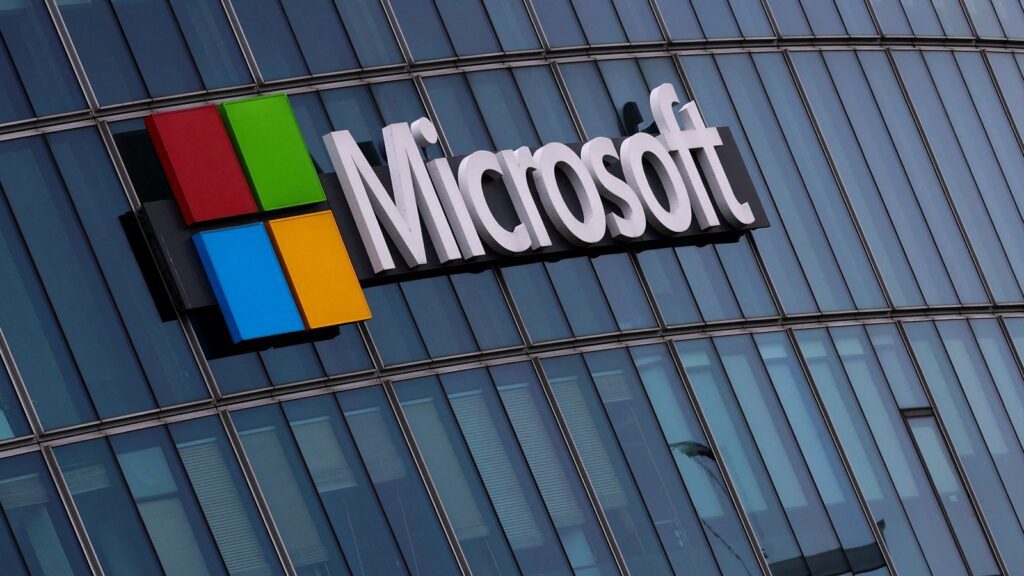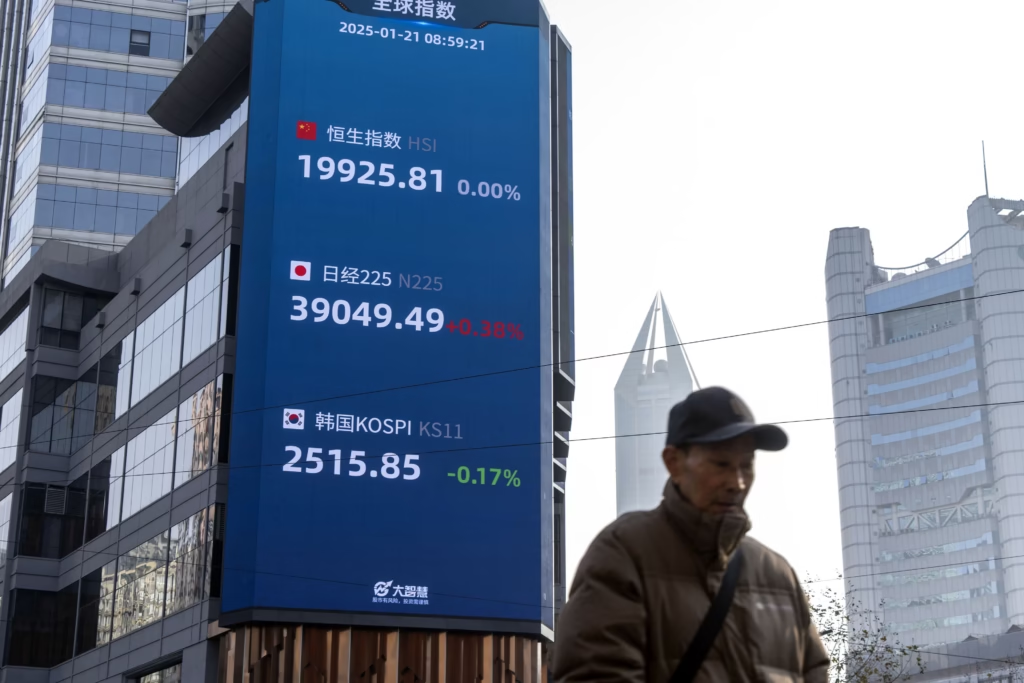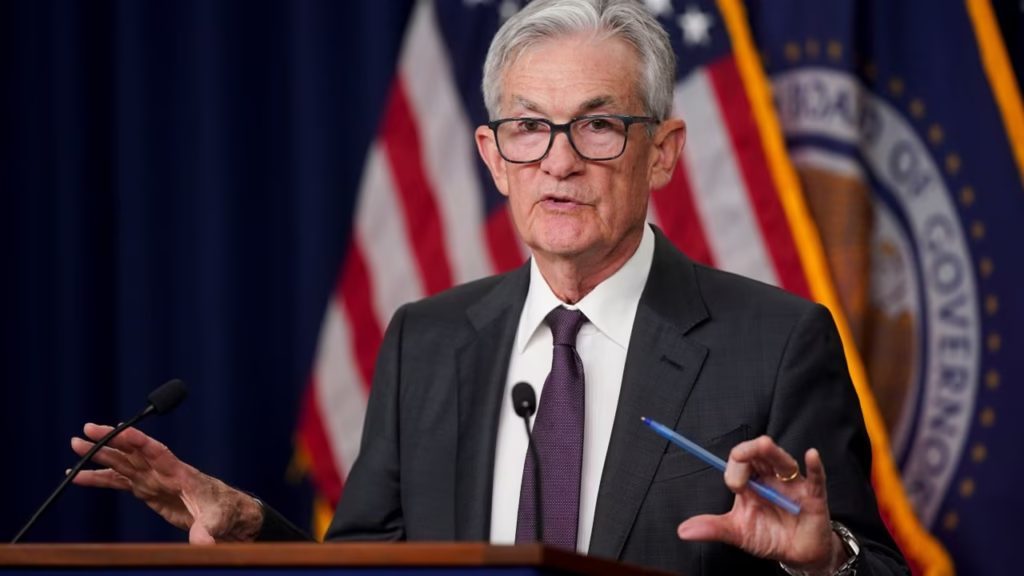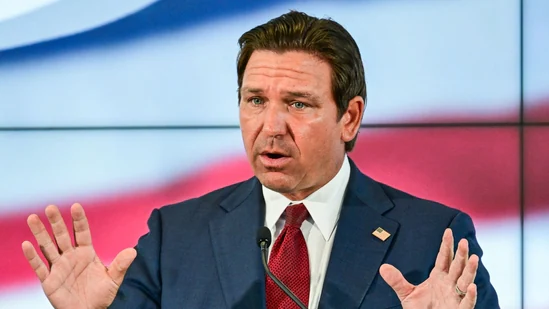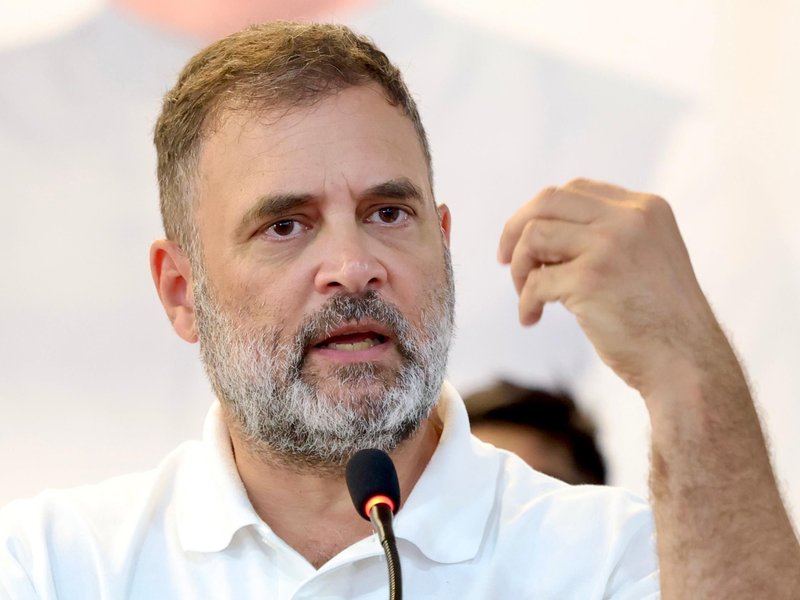Now Reading: PM Modi’s Northeast Tour: What the Rs 8,500-Crore Push in Manipur and Mizoram Means for Smaller Towns
-
01
PM Modi’s Northeast Tour: What the Rs 8,500-Crore Push in Manipur and Mizoram Means for Smaller Towns
PM Modi’s Northeast Tour: What the Rs 8,500-Crore Push in Manipur and Mizoram Means for Smaller Towns
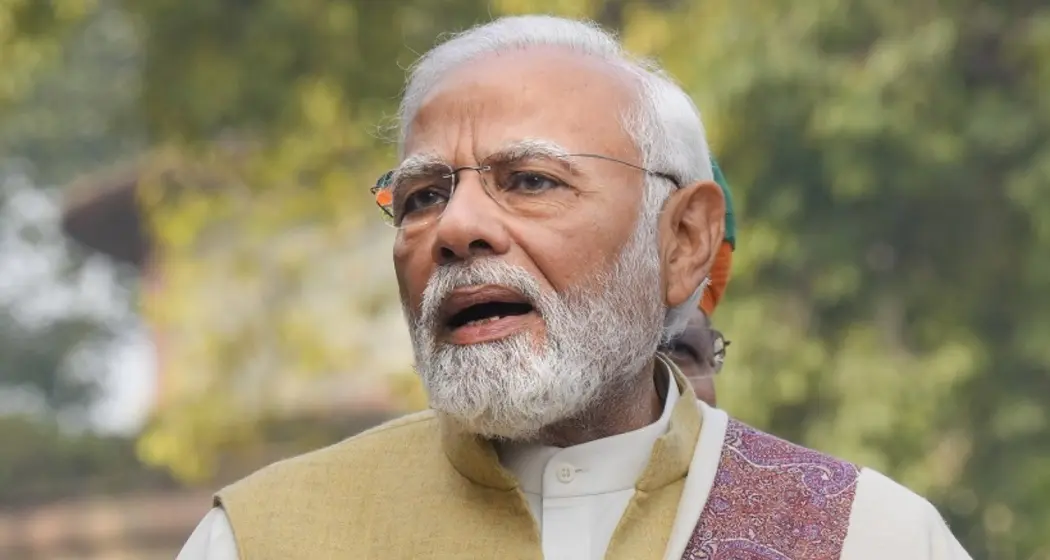
Prime Minister Modi begins a three-day tour of the Northeast starting September 13, unveiling or laying the foundations for projects worth over Rs 71,850 crore across Mizoram, Manipur, Assam, West Bengal and Bihar. In Manipur alone projects worth Rs 8,500 crore will be inaugurated, including major railway and road infrastructure. For people in Tier 2 and Tier 3 towns, these initiatives could bring real changes in connectivity, jobs and services, but also raise questions about implementation and impact.
The government is inaugurating the Bairabi-Sairang railway line in Mizoram—51.38 km of new track that connects Aizawl to the Indian Railway network for the first time. This involves a host of tunnels and bridges navigating difficult hilly terrain. Alongside are express train services linking Aizawl with Delhi, Kolkata and Guwahati. In Manipur, various projects are being launched and foundation stones laid. In Churachandpur, works worth over Rs 7,300 crore include urban roads, drainage systems, asset management, multiple National Highways, women’s hostels and an Infotech development plan. In Imphal, projects over Rs 1,200 crore include a new Civil Secretariat, IT SEZ building, a new police headquarters, and more. Other states in the visit’s itinerary also get a share: Assam will see major industrial and infrastructure development, and in Bihar new facilities like an airport terminal and special boards for local produce are among the plans.
For small towns, better rail or road connectivity is more than convenience. It reduces transportation costs for goods, improves access to education and healthcare, and may open up job opportunities outside big urban centres. For instance, towns near Aizawl may benefit from being connected via the new railway line or bypass roads. But good projects alone are not enough. Local access roads, feeder services, public transport, maintenance, and effective administration are needed. If the railway reaches Aizawl but locals can’t easily get to the station due to lack of roads or transport, the benefit is limited. Similarly, skill-building and local hiring matter for generating real employment.
One concern is whether funds and resources will reach remote areas efficiently. Northeast India has tough geography, unpredictable weather, and sometimes weaker administrative infrastructure. Projects may face delays, cost overruns, or issues with land acquisition. Another concern is inclusion. Displaced persons in Manipur, ethnic communities impacted by past violence, need assurance that they are not left out. Transparent governance, public accountability and social reconciliation are parts of the equation. Cost of maintenance, follow-through of services, and rules/regulations matter too. Often, infrastructure is built but support services lag—poor roads to connect roads, or lack of electricity/water in new buildings—limiting usefulness.
On one side, the scale of investment is unprecedented for many regions. Rail connectivity, upgraded highways, and new civic buildings offer long-term infrastructure that can reshape how people live and work. For smaller cities, these are steps toward closing the metro-vs-small-town gap. On the flip side, benefits may be uneven. Some areas close to project centers will feel advantages sooner; remote villages may take years to see change. Implementation risk is high. Local consent, quality control, and operational reliability are key to making sure promises translate into lives improved.
To maximise impact, local administrations should focus on ensuring that small towns and villages are integrated into project planning through feeder roads and transport, developing skills so local youth can benefit from construction and maintenance jobs, monitoring implementation to keep projects on track, and maintaining transparency so displaced communities and tribal groups are not sidelined.
Modi’s visit and the projects being rolled out represent a major push toward development in areas long underserved. For many in Mizoram, Manipur and beyond, this could be a turning point in access and opportunity. But what really matters is not just big numbers and infrastructure, but how deeply and evenly the changes reach people in smaller towns, how quickly services improve, and whether promises are translated into daily gains.




